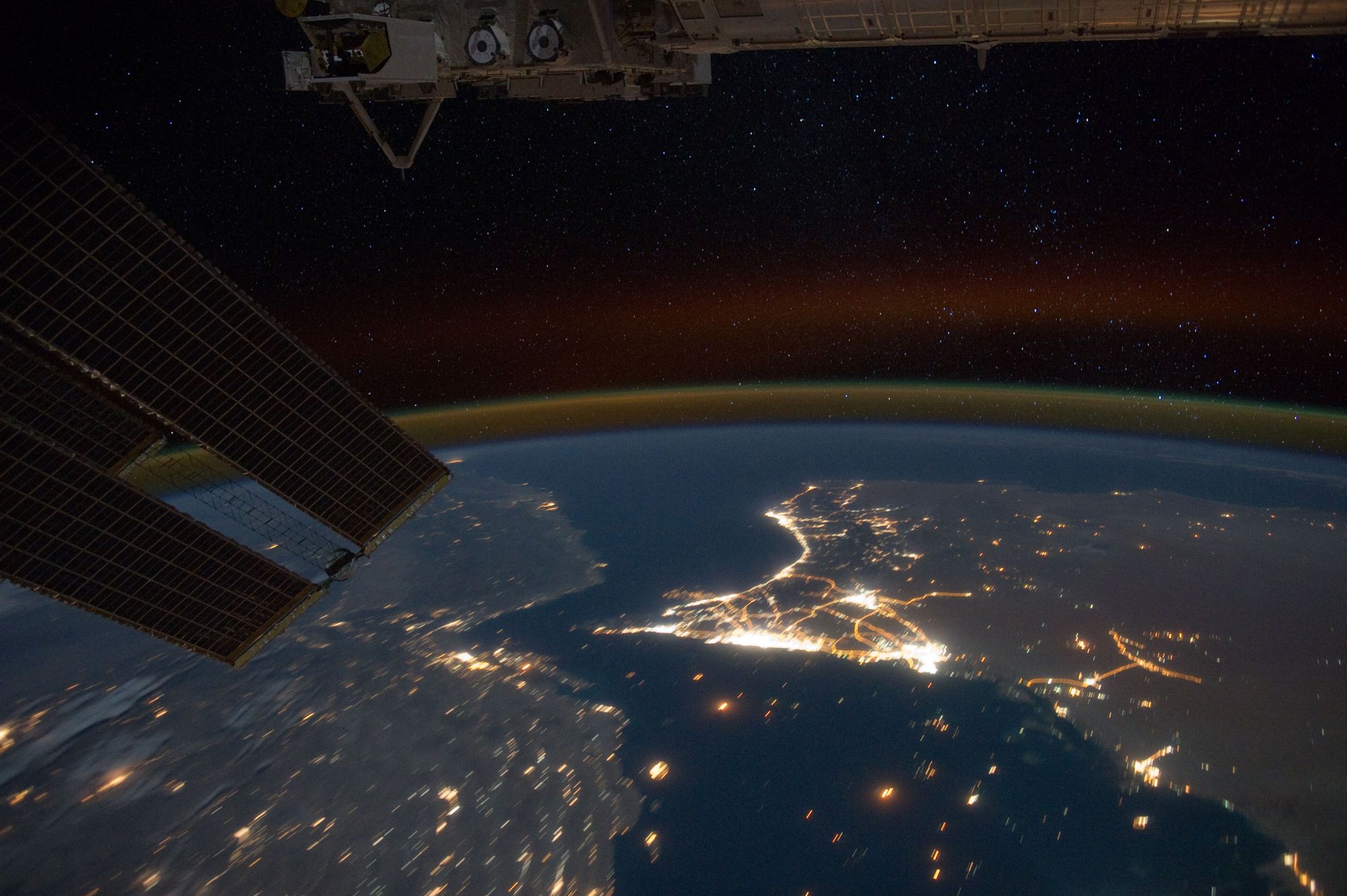
The Persian Gulf and Strait of Hormuz arguably have been the most strategic locations on the planet for the past 70 years. The Gulf boasts more than “simply” one-third of global oil production and half of global waterborne oil exports. It also is home to eight countries – Oman, the United Arab Emirates, Bahrain, Qatar, Saudi Arabia, Kuwait, Iraq and Iran – that only rarely get along. The region’s criticality, combined with conflicts among the neighborhood, has all but dictated that the Americans directly – and often forcefully – engage the region. For the past half century, the Americans always have had at least one of their aircraft carrier battle groups there on station, and since 1991 also have kept in excess of 25,000 ground troops in-region, with the number often five times that. Troops have been stationed in force in Saudi Arabia, Kuwait and Iraq, and CENTCOM headquarters now has been in Qatar for well over a decade.
This is all about to come to an unceremonious end. The Americans really don’t use much energy from this region. Of the 20 millionish barrels of crude that sail through Hormuz daily, typically less than 2 million end up at American ports. American energy largely has been Western Hemispheric-sourced, and with the shale revolution building in scope and depth, there very soon will be no need for Persian Gulf energy at all.
No American need, that is.
From the beginning of the American presence in the Gulf, the oil was more for American allies in the Cold War struggle than it ever was for the Americans themselves. As the United States disengages from the wider world, American interest in that alliance network is eroding. Very soon, Washington will abandon not simply its alliance and global trade, but also the security of Persian Gulf oil that empowers it.
Read more in The Accidental Superpower< Chapters 7 and 9.



